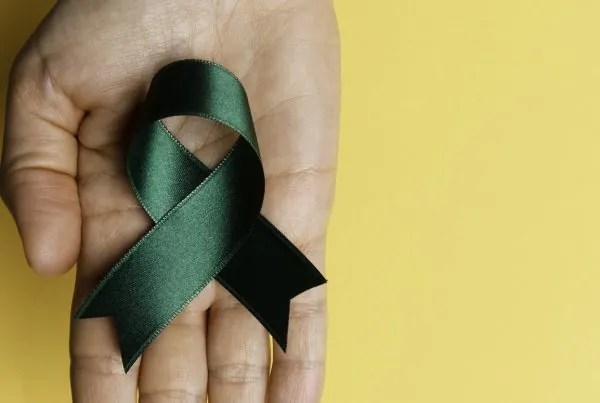Healing a family from addictive behaviors and emotional dysregulation takes work.
 It takes willingness from all parties involved and a moment of clarity from the addict as well as the family in order to get the ball rolling. It takes dedication and a commitment from the entire family system. When someone says, “I’m sick and tired of being sick and tired,” it helps us to recognize that this is the brain’s way of taking a breath of fresh air. That “breath of fresh air” is the internal shift an addict or alcoholic needs to embrace and encourage them to move toward the next level. In our last blog, we noted the following 4 things a family needs for recovery. I thought it wise to break it down further:
It takes willingness from all parties involved and a moment of clarity from the addict as well as the family in order to get the ball rolling. It takes dedication and a commitment from the entire family system. When someone says, “I’m sick and tired of being sick and tired,” it helps us to recognize that this is the brain’s way of taking a breath of fresh air. That “breath of fresh air” is the internal shift an addict or alcoholic needs to embrace and encourage them to move toward the next level. In our last blog, we noted the following 4 things a family needs for recovery. I thought it wise to break it down further:
1. A healthy home
2. Mental and physical health
3. Sense of purpose
4. To have and build a sense of community
What does a healthy home look like?
When when Visions’ Noelle Rodriguez, Psy.D. is working with families and helping them heal broken or disrupted family systems, she stresses the importance of “having an intentional culture in the home that supports open communication, boundaries that are well defined, and have mutual respect.” In this way, home can become a refuge instead of a place of commotion.
Mental and Physical Health:
If a mental health diagnosis has been made, it is imperative that there is consistency with medication, consistent medical and psychological follow-ups, and that the family as whole is on the same page. Recovery requires a broadening net of support. It often begins with the clinical support in treatment, and expands to include a network of sober, healthy peers, and often reparation of the family system.
Sense of Purpose:
Find something that inspires you: Something that is positive and supports your path on recovery. Remember, purpose is another word for motivation: take commitments at meetings, be of service, volunteer somewhere that you love, take a morning walk. Joseph Rogers, Assistant Education Director at Visions’ IOP says, “If students/clients don’t have a light at the end of the tunnel, something to look forward to, it is hard for them to see why they should continue making an effort.”
To have and build a sense of community:
One of the most amazing things about treatment and the path to recovery is fellowship (community). Knowing that you have a net of like-minded people in your corner is a powerful salve. How often do we hear the John Burroughs quote, “Leap and the net will appear”? I have to tell you from my own recovery experience, building and sustaining a healthy community of support and care has shown me truth in that very quote. I have leapt often and each time, I have been met with an incredible “net” that I call community. Your community will tell you the truth, love you when you can’t love yourself, and hold you accountable when you make a fool of yourself. Community aka fellowship is a glorious thing.
I recently heard something I found revolutionary from an addiction psychiatrist about hitting bottom, saying that it’s important that we as professionals and families “eliminate rock bottom as a condition of recovery and find the right conditions for recovery.” This moved me because it encourages taking action sooner, it encourages destigmatizing what recovery can look like, and it provides a sense of hope. Families need hope. They need to believe that recovery is possible. They need to know and understand in the fiber of their being that there is light at the end of the tunnel. UCLA’s Dr. Tim Fong said, “Addiction and mental health are not necessarily curable conditions, but they are controllable conditions.” In other words, recovery is attainable.







